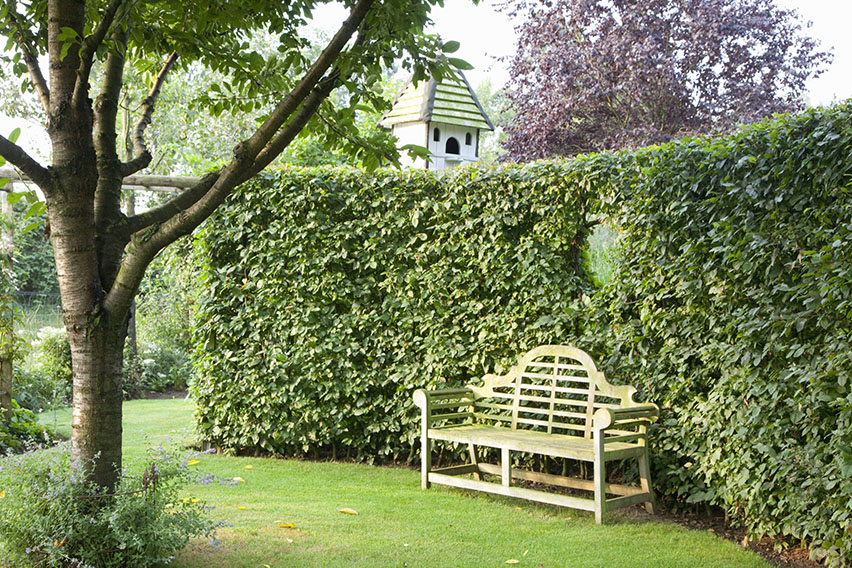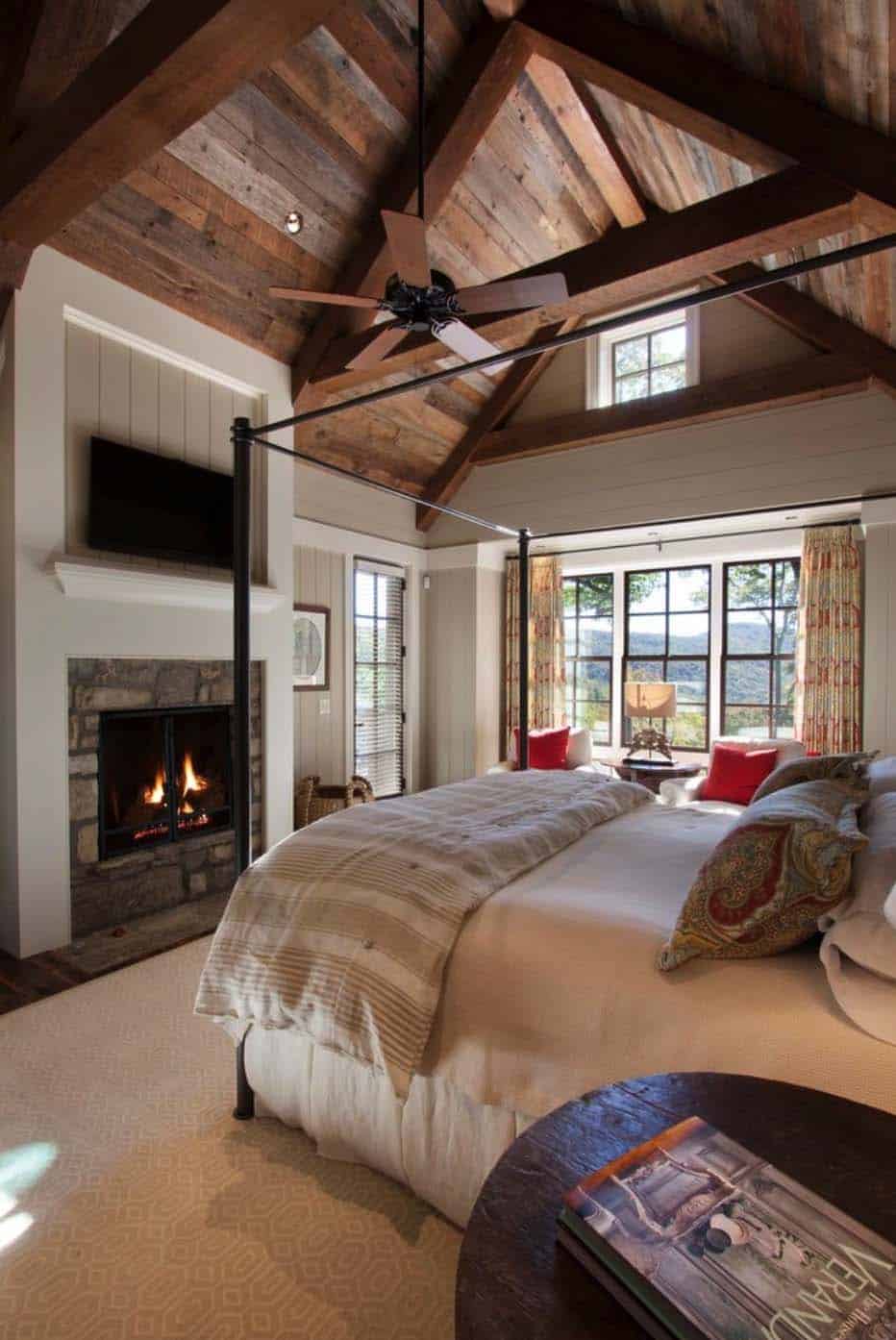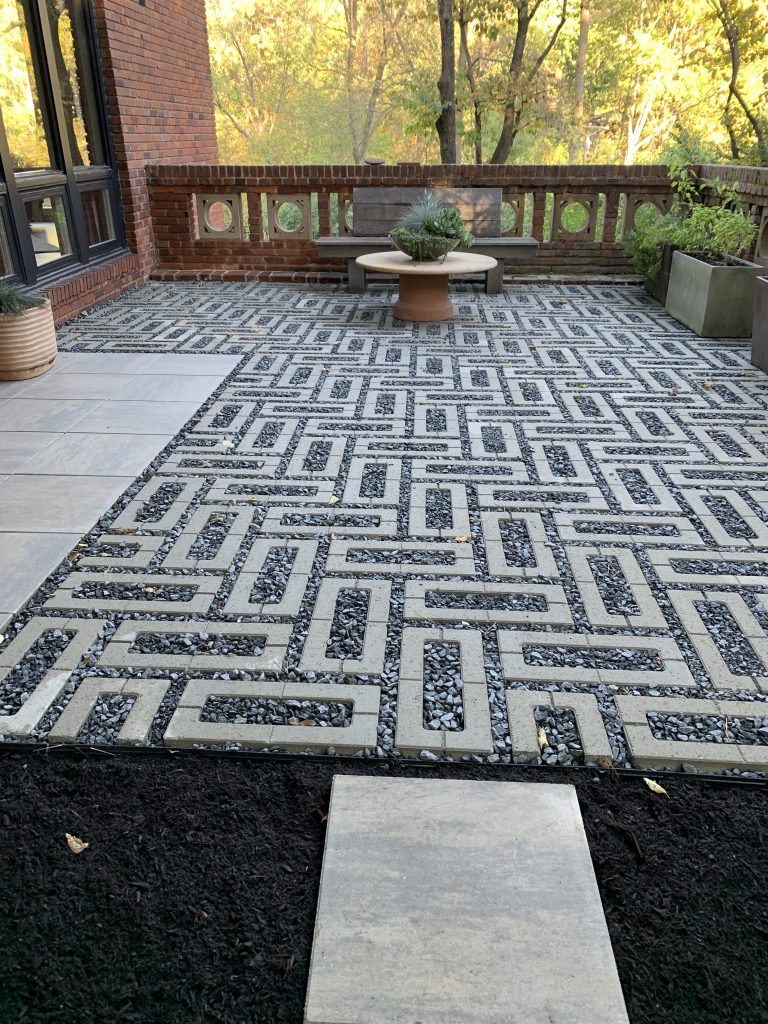One bonus is that it blooms with small white flowers in spring, that butterflies flock to. If you’re looking for significant height, consider american arborvitae (thuja occidentalis), which can grow 20 to 40 feet tall.
Bushes For Screening, If you’re looking for significant height, consider american arborvitae (thuja occidentalis), which can grow 20 to 40 feet tall. They range in size, shape, color, and texture and offer privacy with their natural form.

A small, evergreen shrub, viburnums are able to grow up to three meters and produce both gorgeous leaves and brilliant, small flowers. Lilly pillys are a popular fast growing shrub growing up to 5 metres. Hedges can be formal or informal. Hop bush ( dodonaea viscosa) their upright form and tough disposition make hop bush a particularly useful shrub for screens in areas with poor soil, ocean winds, or baking heat.
For fast screening in drought prone sites, consider wax myrtle or glossy abelia.
Choose from one of these fast growing popular tried and proven screening plants. The elaeagnus, wax leaf ligustrum and the chinese photinia are the most reliable and easy growing privacy screening shrubs. They grow 6 to 10 feet tall and wide. It can reach 15’ tall but stays a narrow 3’ to 5’ width. A formal hedge requires regular pruning and shaping. This growth habit makes it perfect for a screening hedge, or to camouflage an unattractive fence.
 Source: topbambooproducts.com
Source: topbambooproducts.com
This juniper does quite well in north. American arborvitae ( thuja occidentalis) arborvitae trees and shrubs are commonly used as hedges and privacy screens. Another benefit to using bushes, shrubs and trees is there’s is no limit to the size they can grow. They grow 6 to 10 feet tall and wide. This plant grows well into a shrub or.
 Source: gardenmandy.com
Source: gardenmandy.com
They grow 6 to 10 feet tall and wide. For fast screening in drought prone sites, consider wax myrtle or glossy abelia. A garden screening does not have to be bamboo or a standard fence, there are many bushes that grow quickly and make your garden feel natural and easy on the eye. This plant grows well into a shrub.
 Source: whatgrowsthere.com
Source: whatgrowsthere.com
Hedges can be formal or informal. This growth habit makes it perfect for a screening hedge, or to camouflage an unattractive fence. Suitable plants for screening can include hedging shrubs, trees or grasses and bamboos, depending on the level of formality, and the height and spread required for the space. Ideal for most climatic conditions and are very hardy. When.
 Source: greenearth-landscapes.com
Source: greenearth-landscapes.com
Lilly pillys are a popular fast growing shrub growing up to 5 metres. Good for those narrower areas, or along a fence line. It blooms red flowers in the late winter, early spring, and adds coveted color to your landscape during typically dreary months. Atlantic white cedar, chamaecyparis thyoides: Viburnum obovatum, also known as walter’s viburnum, is a large native.
 Source: growbeautifully.monrovia.com
Source: growbeautifully.monrovia.com
Hedges a useful way of using large shrubs as tree substitutes is to clear the lower branches as they grow so that the space underneath is maximised and plants below receive adequate light. See our plants for privacy, all of which typically reach their mature size within a few seasons. It can reach 15’ tall but stays a narrow 3’.
 Source: blessingland.com
Source: blessingland.com
American arborvitae ( thuja occidentalis) arborvitae trees and shrubs are commonly used as hedges and privacy screens. Creates a dense hedge or screen. A small, evergreen shrub, viburnums are able to grow up to three meters and produce both gorgeous leaves and brilliant, small flowers. Good for those narrower areas, or along a fence line. Hop bush ( dodonaea viscosa).
 Source: revolutionarygardens.com
Source: revolutionarygardens.com
Shrubs for a natural privacy screen. Our most popular screening trees and shrubs for privacy include bamboo plants, photinia red robin as shrubs or trees, laurels such as prunus laurocerasus or prunus lusitanica for hedging, ligustrum trees and shrubs, leylandii for hedging, evergreen oak as trees or shrubs, holly varieties such as ilex aquifolium or ilex cornuta for hedging,. Lilly.
 Source: greenearth-landscapes.com
Source: greenearth-landscapes.com
In spring the shrub is decorated with white fluffy pom pom flowers followed by small pink edible berries. Hedges a useful way of using large shrubs as tree substitutes is to clear the lower branches as they grow so that the space underneath is maximised and plants below receive adequate light. The elaeagnus, wax leaf ligustrum and the chinese photinia.
 Source: buchanansplants.com
Source: buchanansplants.com
Dense and compact, the emerald heights evergreen distylium is great for screening, borders, hedges, or even mass plantings. In spring the shrub is decorated with white fluffy pom pom flowers followed by small pink edible berries. They grow 6 to 10 feet tall and wide. They range in size, shape, color, and texture and offer privacy with their natural form..
 Source: thewest.com.au
Source: thewest.com.au
Juniper ‘spartan’ offers dense foliage in a striking pyramidal shape. Choose from one of these fast growing popular tried and proven screening plants. Burning bush can survive in full sun and shady areas, but when planted in full sun, the foliage will turn a fiery red in the fall. A small, evergreen shrub, viburnums are able to grow up to.
 Source: gotaidea.org
Source: gotaidea.org
Hedges can be formal or informal. Evergreens are an excellent choice for hedges and make perfect living screens. This makes it a wonderful screen for additional privacy without taking up a lot of lawn space. Makes a gorgeous, dense screen, that can be clipped to shape. This is a popular screening plant around australia, and it’s easy to see why:
 Source: deavita.net
Source: deavita.net
If you’re looking for significant height, consider american arborvitae (thuja occidentalis), which can grow 20 to 40 feet tall. In spring the shrub is decorated with white fluffy pom pom flowers followed by small pink edible berries. Dense and compact, the emerald heights evergreen distylium is great for screening, borders, hedges, or even mass plantings. This evergreen viburnum is virtually.
 Source: pinterest.com
Source: pinterest.com
When planted in the shade, burning bush will drop its green leaves in the fall. Hedges can be formal or informal. It can reach 15’ tall but stays a narrow 3’ to 5’ width. And here are four shrubs to consider for privacy screening: This plant grows well into a shrub or small tree, and makes great hedges.
 Source: plantsforallseasons.com
Source: plantsforallseasons.com
This growth habit makes it perfect for a screening hedge, or to camouflage an unattractive fence. Evergreens are an excellent choice for hedges and make perfect living screens. A garden screening does not have to be bamboo or a standard fence, there are many bushes that grow quickly and make your garden feel natural and easy on the eye. If.
 Source: centenarylandscaping.com.au
Source: centenarylandscaping.com.au
With space at a premium, many gardens now sit quite close to their neighbouring properties and screening hedges are a great way to create your own private oasis. When properly cared for, they can practically overflow with delicate flowers. Good for those narrower areas, or along a fence line. For fast screening in drought prone sites, consider wax myrtle or.
 Source: siteshade.com.au
Source: siteshade.com.au
This plant grows well into a shrub or small tree, and makes great hedges. Ideal for most climatic conditions and are very hardy. Good for those narrower areas, or along a fence line. This evergreen viburnum is virtually pest free and easily established in a full sun to part sun location. Burning bush can survive in full sun and shady.
 Source: pinterest.com
Source: pinterest.com
When properly cared for, they can practically overflow with delicate flowers. A garden screening does not have to be bamboo or a standard fence, there are many bushes that grow quickly and make your garden feel natural and easy on the eye. Burning bush can survive in full sun and shady areas, but when planted in full sun, the foliage.
 Source: lakesideplants.com
Source: lakesideplants.com
Hedges a useful way of using large shrubs as tree substitutes is to clear the lower branches as they grow so that the space underneath is maximised and plants below receive adequate light. This makes it a wonderful screen for additional privacy without taking up a lot of lawn space. If you’re looking for significant height, consider american arborvitae (thuja.
 Source: pinterest.com
Source: pinterest.com
One bonus is that it blooms with small white flowers in spring, that butterflies flock to. See our plants for privacy, all of which typically reach their mature size within a few seasons. This makes it a wonderful screen for additional privacy without taking up a lot of lawn space. It can reach 15’ tall but stays a narrow 3’.
 Source: bambooplantshq.com
Source: bambooplantshq.com
This evergreen viburnum is virtually pest free and easily established in a full sun to part sun location. Ideal for most climatic conditions and are very hardy. Atlantic white cedar, chamaecyparis thyoides: It blooms red flowers in the late winter, early spring, and adds coveted color to your landscape during typically dreary months. Choose from one of these fast growing.
 Source: totallandscapecare.com
Source: totallandscapecare.com
Hedges a useful way of using large shrubs as tree substitutes is to clear the lower branches as they grow so that the space underneath is maximised and plants below receive adequate light. See our plants for privacy, all of which typically reach their mature size within a few seasons. It can reach 15’ tall but stays a narrow 3’.
 Source: lowes.com
Source: lowes.com
Creates a dense hedge or screen. They range in size, shape, color, and texture and offer privacy with their natural form. Atlantic white cedar, chamaecyparis thyoides: Ideal for most climatic conditions and are very hardy. Juniper ‘spartan’ offers dense foliage in a striking pyramidal shape.
 Source: pinterest.co.uk
Source: pinterest.co.uk
This growth habit makes it perfect for a screening hedge, or to camouflage an unattractive fence. Juniper ‘spartan’ offers dense foliage in a striking pyramidal shape. Lilly pillys are a popular fast growing shrub growing up to 5 metres. With space at a premium, many gardens now sit quite close to their neighbouring properties and screening hedges are a great.
 Source: instanthedge.com
Source: instanthedge.com
It can reach 15’ tall but stays a narrow 3’ to 5’ width. In spring the shrub is decorated with white fluffy pom pom flowers followed by small pink edible berries. Atlantic white cedar, chamaecyparis thyoides: It blooms red flowers in the late winter, early spring, and adds coveted color to your landscape during typically dreary months. A garden screening.
 Source: keneustacelandscaping.com
Source: keneustacelandscaping.com
In spring the shrub is decorated with white fluffy pom pom flowers followed by small pink edible berries. For fast screening in drought prone sites, consider wax myrtle or glossy abelia. This growth habit makes it perfect for a screening hedge, or to camouflage an unattractive fence. A small, evergreen shrub, viburnums are able to grow up to three meters.








